A frantic hunt was undertaken on the evening of December 18th for a missing radioactive package which ‘failed’ to arrive at Madrid’s Barajas Airport. Spain’s Nuclear Safety Council (CSN) raised the alarm yesterday evening over the transport package with ‘four radioactive sources’ of ‘very dangerous’ Selenium-75. Local reports said the CSN had sent a team of inspectors to the airport to try to gain more information.
El Pais is a major Spanish media outlet. It reported that the CSN eventually located the package, and it was deactivated. It was not immediately revealed how the transport container with the radioactive package had gone missing in the first place.
The International Atomic Energy Agency (IAEA) uses the following categories to cover the danger of a radioactive source:
Category 1
Personally extremely dangerous: This amount of radioactive material, if not safely managed or securely protected, would be likely to cause permanent injury to a person who handled it, or were otherwise in contact with it, for more than a few minutes. It would probably be fatal to be close to this amount of unshielded material for a period of a few minutes to an hour. highly soluble in water.
Category 2
Personally very dangerous: This amount of radioactive material, if not safely managed or securely protected, could cause permanent injury to a person who handled it, or were otherwise in contact with it, for a short time (minutes to hours). It could possibly be fatal to be close to this amount of unshielded radioactive material for a period of hours to days. water.
Category 3
Personally dangerous: This amount of radioactive material, if not safely managed or securely protected, could cause permanent injury to a person who handled it, or were otherwise in contact with it, for some hours. It could possibly be fatal to be close to this amount of unshielded radioactive material for a period of days to weeks.
Category 4
Unlikely to be dangerous: It is very unlikely that anyone would be permanently injured by this amount of radioactive material. However, this amount of unshielded radioactive material, if not safely managed or securely protected, could possibly temporarily injure someone who handled it or were otherwise in contact with it, or who were close to it for a period of many weeks
Category 5
Not dangerous: No one could be permanently injured by this amount of radioactive material.
Before the package was recovered, CSN recommended that anyone who came across the package should avoid touching it and immediately alert the authorities. The package was rated as a Category 2 hazard from the categories listed above.
Selenium-75 is a radioactive isotope that has radiopharmaceutical uses. Selenium-75 sources are also utilized on offshore oil rigs and at power plants during outages.
Travelers at Gatwick airport missed flights after being stuck in huge queues
The CSN said in its first comments about the package scare, “The CSN has sent a team of three inspectors to Barajas Airport to find out more details about the incident and try to confirm whether the package has arrived at the airport. The CSN is in constant contact with the Community of Madrid.”
The radioactive material was housed in a B (U) container, model NE4C. It should have arrived at the cargo terminal at the airport.
The CSN noted that “All the radioactive sources are properly encapsulated and shielded to avoid radiation to the outside. The four radioactive sources are Category 2 on a scale of one to five established by the International Atomic Energy Agency (IAEA),
In February of this year, Barcelona Airport’s Terminal One was partially sealed off after it was discovered that the outer packaging of a box containing medical material with radioactive substances had broken open. The damaged box was found in the hold of a Swiss Airline plane flying between Barcelona and Zurich.
Firefighters specializing in chemical hazards were dispatched to the scene. There were also special emergency responders, although no medical assistance was required.
Blog
-

Nuclear Reactors 1456 – Lost Package Of Selenium-75 Found At Spanish Airport
-
Nuclear News Roundup Dec 23, 2024
Australian navy advertises nuclear submarine job with $120,000 salary and ‘no experience’ needed theguardian.com
How Ukraine must shape its nuclear energy strategy theloop.ecpr.eu
Hedge Funds Cut Nuclear Technology Exposure After ‘Hard’ Rally finance.yahoo.com
IAEA commends Ghana on nuclear power program progress world-nuclear-news.org
-
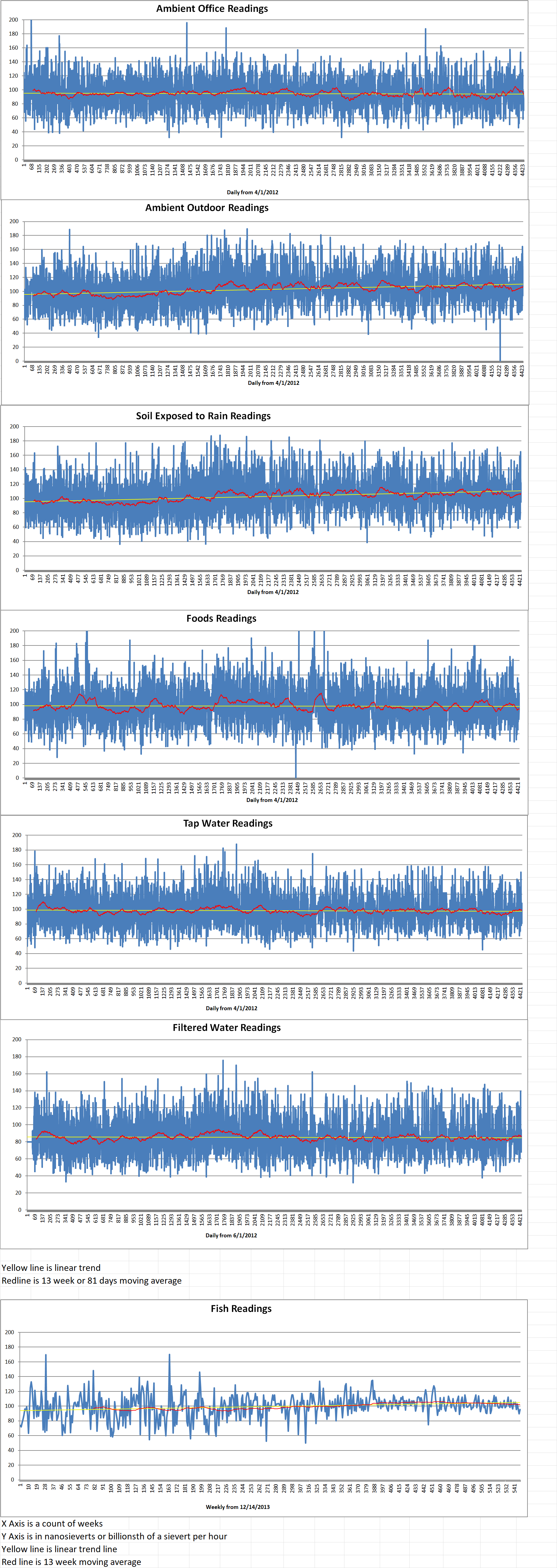
Geiger Readings for Dec 23, 2024
Ambient office = 79 nanosieverts per hour
Ambient outside = 94 nanosieverts per hour
Soil exposed to rain water = 95 nanosieverts per hour
Avocado from Central Market = 115 nanosieverts per hour
Tap water = 85 nanosieverts per hour
Filter water = 68 nanosieverts per hour
-
Nuclear News Roundup Dec 22, 2024
Argentina announces ambitious nuclear program linked to AI development intellinews.com
Workers Seek Shelter As Hanford Nuclear Complex Issues Leak Alert oilprice.com
Snow Lake Energy Secures Funding to Advance Uranium Exploration, Supporting Nuclear Energy’s Critical Role in Powering AI Data Centers finance.yahoo.com
Support For Development Of Nuclear Energy Nears Historic Highs nucnet.org
-
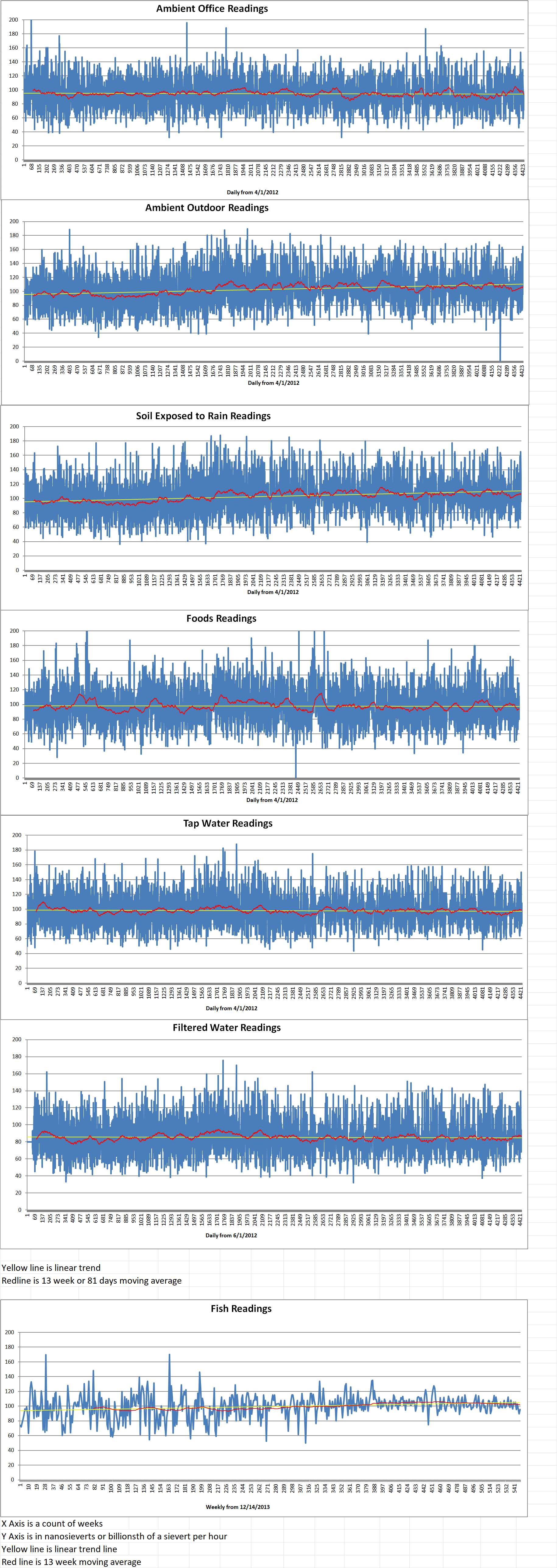
Geiger Readings for Dec 22, 2024
Ambient office = 72 nanosieverts per hour
Ambient outside = 100 nanosieverts per hour
Soil exposed to rain water = 99 nanosieverts per hour
Red bell pepper from Central Market = 103 nanosieverts per hour
Tap water = 81 nanosieverts per hour
Filter water = 69 nanosieverts per hour
-
Nuclear News Roundup Dec 21, 2024
Regulator warns against delays in work on Chernobyl’s shelter world-nuclear-news.org
China Hits Back at US Over Nuclear Weapons Alarm newsweek.com
Russia increases its influence by building over 10 nuclear power units abroad – FT Pravda.com.ua
Wyoming trona and soda ash producer wants to plug into nuclear microreactors oilcity.news
-
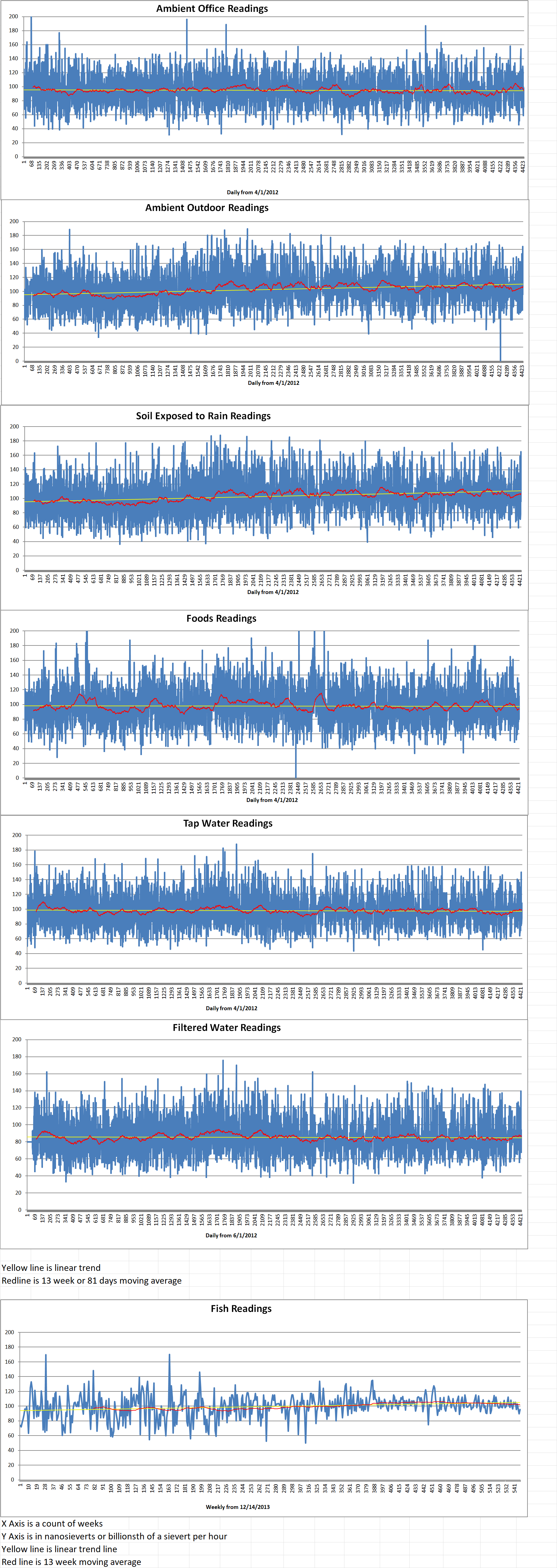
Geiger Readings for Dec 21, 2024
Ambient office = 73 nanosieverts per hour
Ambient outside = 96 nanosieverts per hour
Soil exposed to rain water = 96 nanosieverts per hour
Mini cucumber from Central Market = 111 nanosieverts per hour
Tap water = 108 nanosieverts per hour
Filter water = 92 nanosieverts per hour
Dover Sole from Central = 95 nanosieverts per hour
-
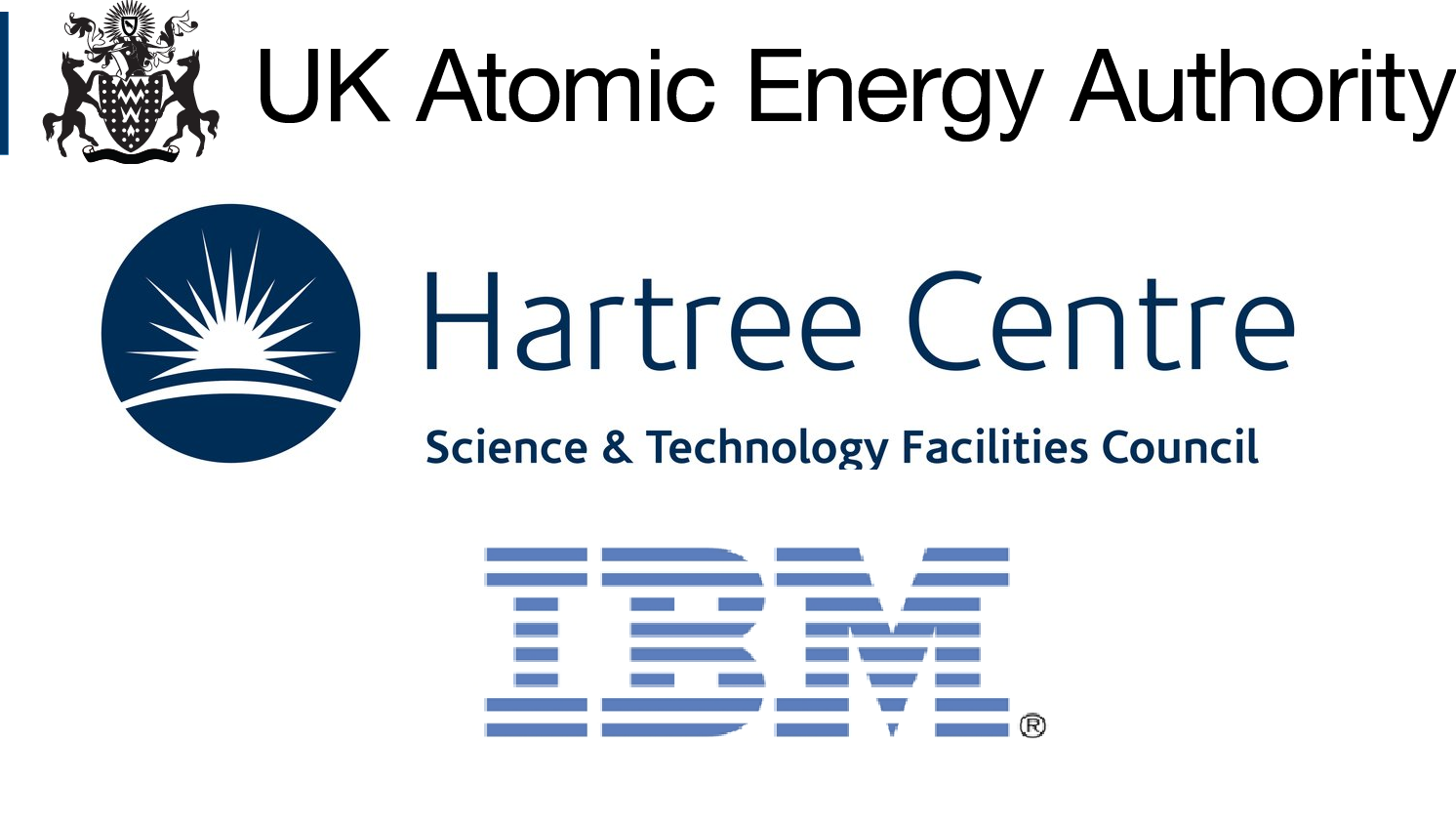
Nuclear Fusion 99 – The U.K. Atomic Energy Authority, the Science and Technology Facilities Council’s Hartree Centre and IBM Are Collaborating To Inject AI Into Nuclear Fusion Research
Two U.K. public sector entities – the U.K. Atomic Energy Authority (UKAEA) and the Science and Technology Facilities Council’s Hartree Centre (STF) – are collaborating with US-headquartered technology firm IBM to design future experimental fusion power plants.
The partnership intends to unite fusion scientists and Artificial Intelligence (AI) experts from the three organizations to achieve transformative breakthroughs in applying AI to fusion power plant designs and experimental facility operations. The collaboration will combine the Hartree Centre and IBM’s expertise in AI and high-performance computing, with UKAEA’s data and modelling capabilities. They will create a ‘frontier’ or ‘foundation model’ capable of learning and underpinning the fundamental dynamics of experimental fusion data. The UKAEA is the U.K.’s national organization responsible for researching and delivering fusion energy. It will provide program requirements, domain expertise and selected data from its JET and MAST-U machines.
IBM said, “Our approach to-date for designing these complex machines has been one of ‘test-based design’ – ie an iterative approach of ‘learning by doing’. Unfortunately, measured against the demanding timeline for decarbonizing and transitioning economies into the Net-Zero era, test-based design for fusion has now become too slow and too expensive.”IBM added, “It is essential therefore that the fusion sector adopts the latest digital technologies to accelerate and de-risk the delivery of commercial fusion power – for operations and for plant design. In short, we must move the dial which represents how we design complex strongly coupled fusion systems away from test-based design and towards the digital world of simulation and ‘data centric’ engineering.”
The new collaboration is expected to develop foundation models that can learn the underpinning dynamics of the UKAEA’s fusion plasma/plant experimental data. This will allow the generation of new information and new capabilities that will feed into various applications, including training downstream models for simulation and/or prediction. Utilizing these techniques, the models will ‘learn’ from past experiments. Ideally, these models will evolve ‘incrementally’ whereby they will ingest live experimental data.
Rob Akers is the UKAEA Director of Computing Programs. He said, “I am delighted that we are joining forces with IBM and STFC’s Hartree Centre to work on our ambitious program aiming to deliver commercial fusion in the 2040s by exploiting the transformative power of Artificial Intelligence. IBM’s expertise in complex systems engineering and supercomputing and the Hartree Centre’s expertise in democratizing high-performance computing and AI into the engineering sector, combined with UKAEA’s leading research and development in fusion energy will be a powerful force for progress in this hugely important field.”
Vassil Alexandrov is the Chief Science Officer at national computing center, STFC Hartree Centre. He said, “I am really very pleased that, thanks to our well-established collaborations with both IBM and UKAEA, we can now come together to address a key grand challenge and advance state-of-the-art in modelling and simulation of fusion powerplants, thereby supporting the UK’s ambition to become a global leader in clean energy innovation.”
Juan Bernabe-Moreno is the Director of IBM Research Europe, U.K. and Ireland. He commented, “I am especially excited to see our team exploring together with the UKAEA and the Hartree Centre experts how we can use generative AI technologies to approach one of the most challenging problems of our time. It is certainly a testament to the kind of research we are driving in the UK for the greater good.” -
Nuclear News Roundup Dec 20, 2024
Final German nuclear power plant enters dismantling phase world-nuclear-news.org
Further Bruce I&C work for Framatome world-nuclear-news.org
Wyoming uranium project returns to production world-nuclear-news.org
Orano seeks arbitration over Niger mining license world-nuclear-news.org
-
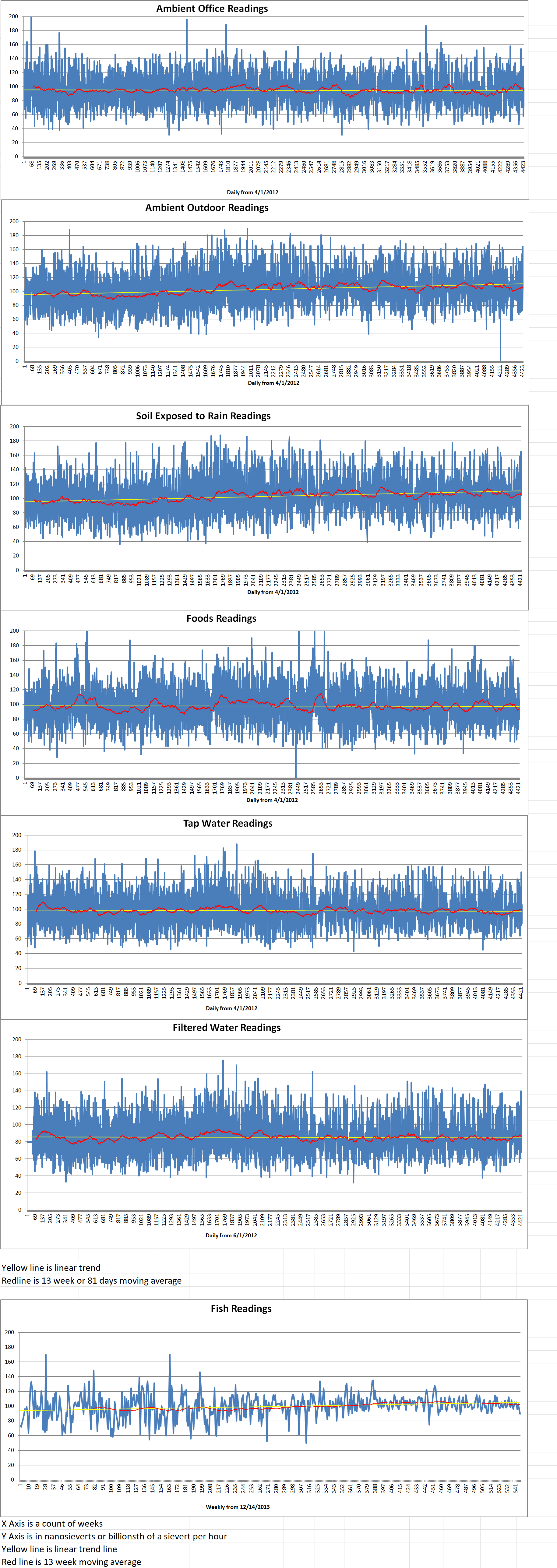
Geiger Readings for Dec 20, 2024
Ambient office = 72 nanosieverts per hour
Ambient outside = 122 nanosieverts per hour
Soil exposed to rain water = 122 nanosieverts per hour
Garlic bulb from Central Market = 102 nanosieverts per hour
Tap water = 106 nanosieverts per hour
Filter water = 89 nanosieverts per hour
